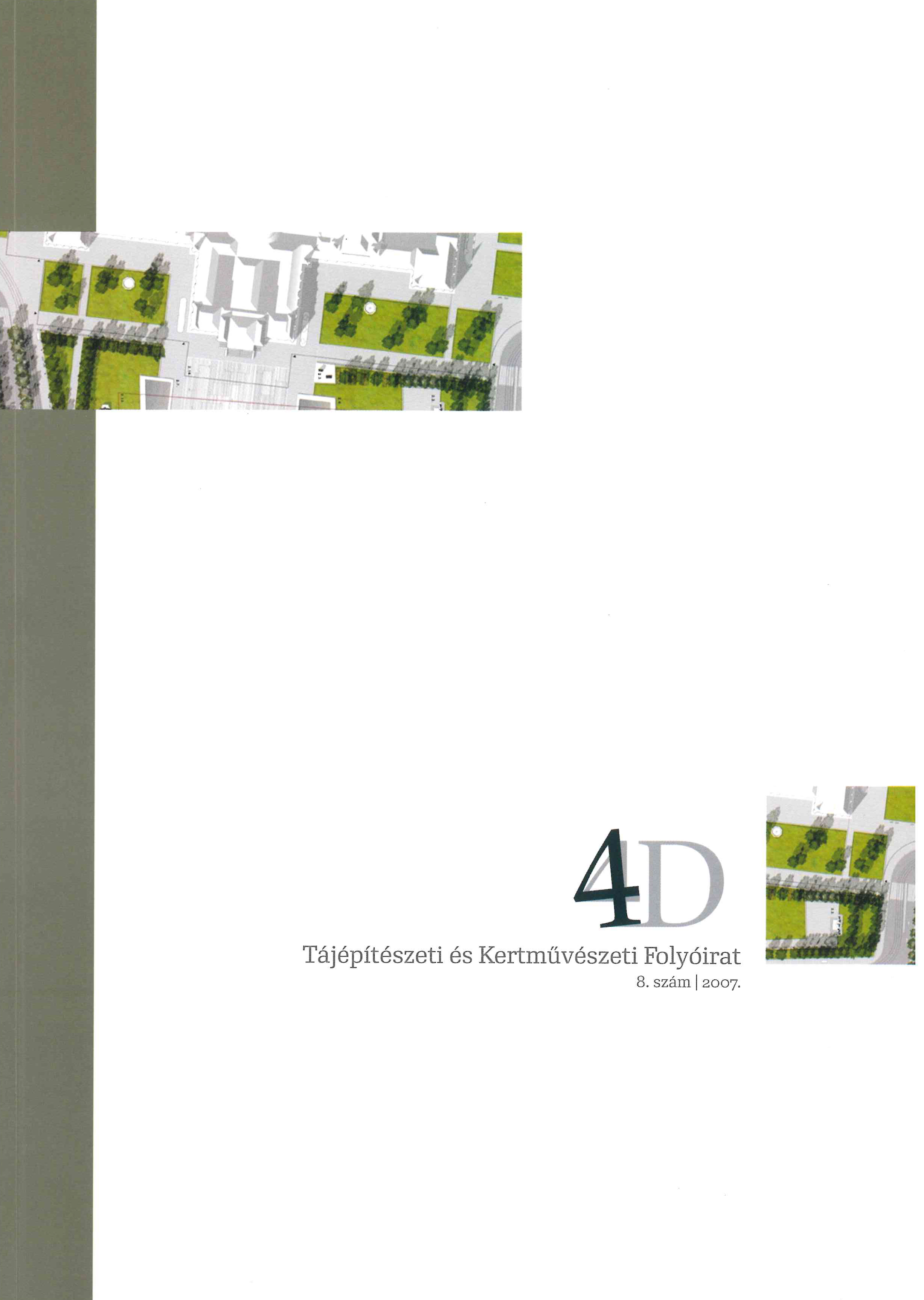Art of Dying: Garden Metamorphosis
Garden metaphors
Keywords:
metamorphosis, gardenAbstract
To define the garden metaphor, it is useful to briefly recall the concept of metaphor in a poetic sense, which since Aristotle has been understood as the shift or displacement of one meaning of a word toward another meaning. With some simplification, we can say that in a fully developed metaphor, the transfer of meaning occurs between a conceptual (to be identified) element and a pictorial (identifying) element that is semantically distant from it. This transfer is structurally facilitated by the identification of the two elements, their consolidation into a single expression.
The internal tension between the elements of a metaphorical statement can be resolved, or made meaningful, by searching for the common concept or hidden attribute that serves as the basis for their identification. Through this process, the recipient actively participates in the creation of the figurative expression; their interpretation is an integral part of the metaphor. At the same time, it should not be forgotten that a metaphorical statement contains multiple potential meanings, cannot be translated into a mundane statement, and cannot be paraphrased without semantic loss. Therefore, the original poetic image is always an "information carrier," its essential characteristic being that it allows us to see reality from a new perspective. Thus, the metaphor's often-cited decorative role is far less important than its - as emphasized by Aristotle - instructive nature.
References
Arisztotelész: Poétika. PannonKlett, Budapest 1997.
Arisztotelész: Retorika. Telosz, Budapest 1999.
Conan, Michel: Landscape Metaphors and Metamorphosis of Time. In: Landscape Design and the Experience of Motion. Dumbarton Oaks 2003.
Jarman, Derek: Chroma. Ein Buch der Farben. Merve, Berlin 1995.
Jarman, Derek: Derek Jarman’s Garden. Thames & Hudson, London 1995.
Nádas Péter: Saját halál. Jelenkor, Pécs 2004.
Ricoeur, Paul: Az élő metafora. Osiris, Budapest 2006.
Ross, Stephanie: What Gardens Mean. The University of Chicago Press 1998.
Testre szabott élet. írások Nádas Péter Saját halál és Párhuzamos történetek című műveiről. Kijárat, Budapest 2007.
Downloads
Published
Issue
Section
License
Copyright (c) 2024 Osztroluczky Sarolta

This work is licensed under a Creative Commons Attribution-NonCommercial-NoDerivatives 4.0 International License.
A folyóirat Open Access (Gold). Cikkeire a Creative Commons 4.0 standard licenc alábbi típusa vonatkozik: CC-BY-NC-ND-4.0. Ennek értelmében a mű szabadon másolható, terjeszthető, bemutatható és előadható, azonban nem használható fel kereskedelmi célokra (NC), továbbá nem módosítható és nem készíthető belőle átdolgozás, származékos mű (ND). A licenc alapján a szerző vagy a jogosult által meghatározott módon fel kell tüntetni a szerző nevét és a szerzői mű címét (BY).



